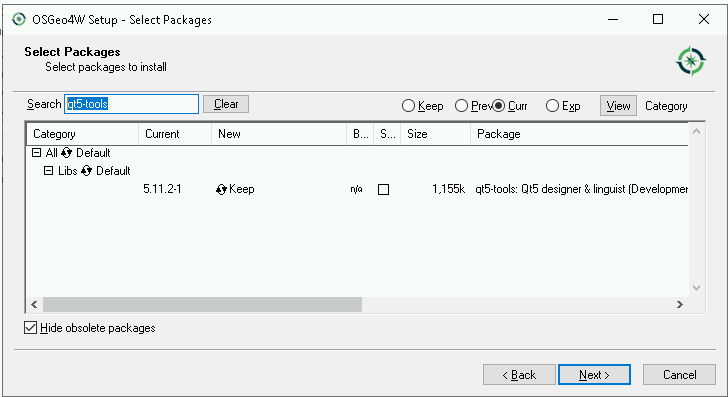Installation and environment¶
For every development, some system tweaks and necessary tools are needed.
Text Editor¶
You can use any text editor, which you are already using for your daily programming activities. Even build-in QGIS editor can be fine. If you are in doubt, which one to choose, consider one of following editors:
- Sublime A sophisticated text editor for code, markup and prose
- Atom A hackable text editor for the 21st Century
- Visual Studio Code A lightweight but powerful source code editor which runs on your desktop and is available for Windows, macOS and Linux.
- PyCharm) The Python IDE for Professional Developers
Sublime and Atom are rather simplier editors (with complex features in the backend though), while Visual Studio Code and PyCharm are more Integrated development enviroments.
It is worth to spend some time with some tutorial of your featured editor to know all the features and hidden gems, to become more effective.
Qt Designer¶
Qt Designer is a tool for creating destkop applications, which will be later empowered with some programming code to make the graphical user interface work.
Usually, the application design is created by the programmer, but it does no need to be the case, since one does not have to know any programming in order to create user interface. You just have to understand principals of the UX design - therefore the look and feel of the application can be done by someone else as well as the final programming code, which will bring the apparence of the application to life.
Install Qt Designer on Linux¶
On Linux, you should be able to use your favourite packaging tool, like apt
sudo apt install python3-pyqt5 libqt5designer5
Install Qt Designer on Windows¶
On MS Windows platform, start the OSGeo4W installator, choose
Advanced installation and search for the qt5-tools package.


Fig. 24 Qt Designer can be found in the start menu of Windows.